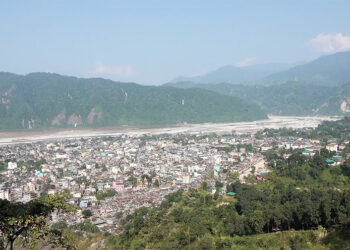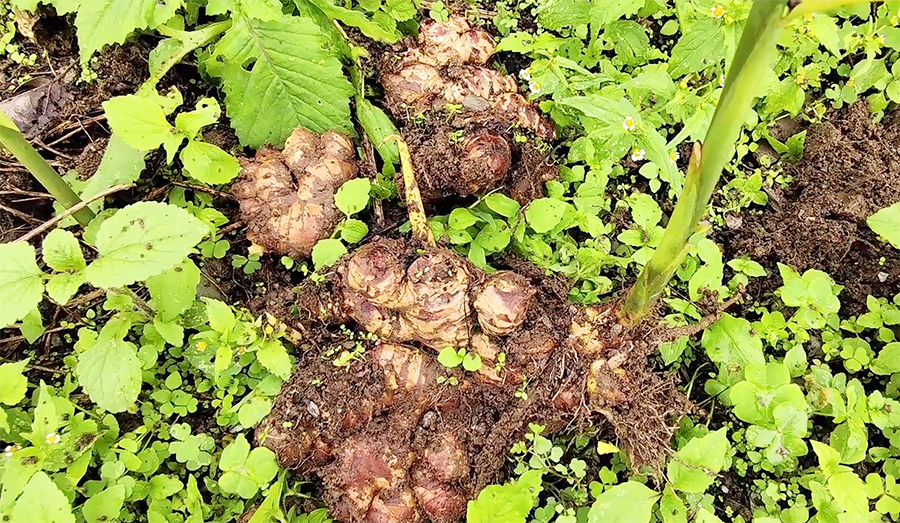 Ginger, a reliable source of income for many farmers in Samdrup Jongkhar, is not fetching the expected price this season. The price per kilogramme dropped by around Nu 20. Disheartened by the price drop, some farmers have left the crop unharvested.
Ginger, a reliable source of income for many farmers in Samdrup Jongkhar, is not fetching the expected price this season. The price per kilogramme dropped by around Nu 20. Disheartened by the price drop, some farmers have left the crop unharvested.
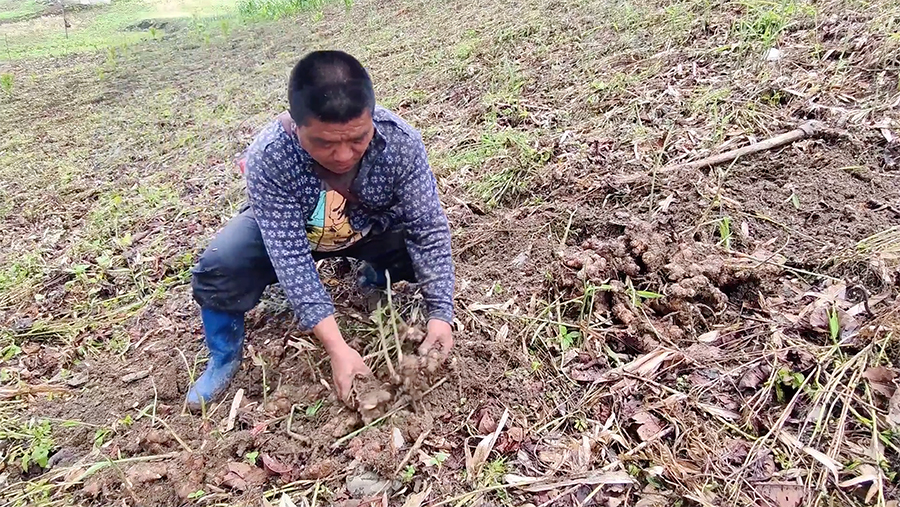 Wang Gyeltshen’s months of hard work now lies buried in the soil barely earning any income.
Wang Gyeltshen’s months of hard work now lies buried in the soil barely earning any income.
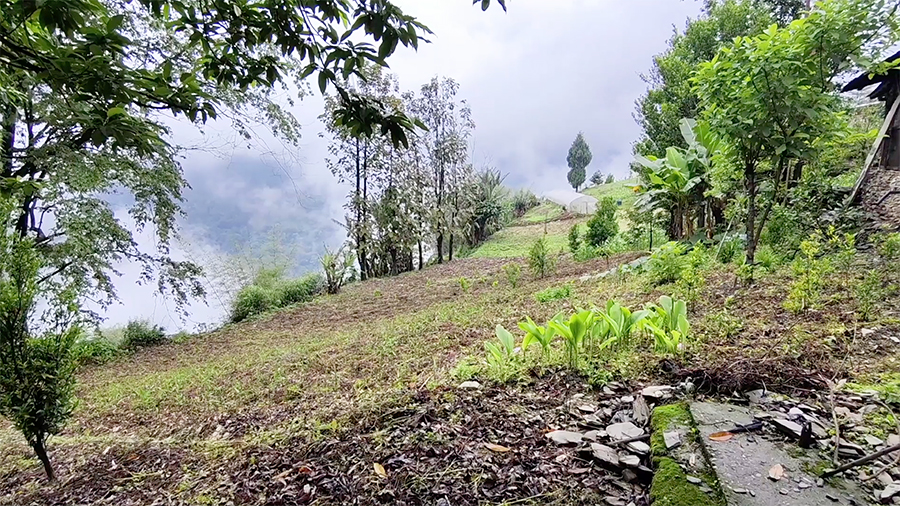 He cultivated ginger on about 60 decimals of land in Khanduphung village. Last year, the harvest from the same field earned him around Nu 60,000. This time, a kilogramme of ginger can barely fetch Nu 40 which is not even enough to recover production cost.
He cultivated ginger on about 60 decimals of land in Khanduphung village. Last year, the harvest from the same field earned him around Nu 60,000. This time, a kilogramme of ginger can barely fetch Nu 40 which is not even enough to recover production cost.
According to the Cost of Production for Field and Horticulture Crops in Bhutan report, it costs Nu 45 to produce a kilogramme of ginger.
Due to low market price, Wang Gyeltshen decided to leave his ginger unharvested.
“This year, no one came to buy. Although I didn’t buy seeds I worked hard in the field. So, it is a loss for me. At one point, buyers offered Nu 28 per kilogramme which I refused, hoping the price would increase. Later, the price increased to Nu 30 but by then no one came to buy and I could not take it to market as I don’t have a vehicle.”
Sonam Wangchuk, a ginger grower said “This year, the price of ginger is too low so the local ginger buyers did not come to buy. That’s why the crop is left unharvested in the field.”
Drupchu Zangmo, also ginger grower said “We have to hire labour to plant and do weeding. So, when the price is low, it is a loss for us.”
Local traders in the gewog usually collect ginger and export to India. However, this year, traders say, the price has dropped due to high ginger production in India.
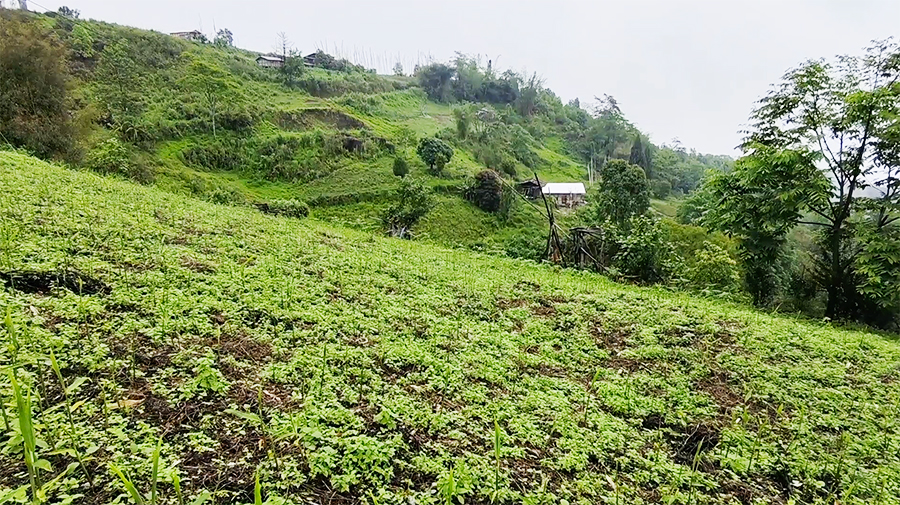 Ginger growers are now urging concerned agencies to explore measures to promote value added ginger products that will help them earn better income and reduce losses.
Ginger growers are now urging concerned agencies to explore measures to promote value added ginger products that will help them earn better income and reduce losses.
Wang Gyeltshen added that “It will help to make value added products but being a remote village no one does that here. Value added products will help when there is a market issue. I can’t make pickles myself, so I am unable to make any use of the harvest.”
Moreover, Sonam Wangchuk said “In India, I think they produce value added products. But here, we don’t know how to make them, so we just sell when buyers come. In Serthig Gewog, no one makes such products.”
According to the district administration officials, the price of ginger fluctuates annually, making it difficult to maintain a consistent rate.
However, the officials are exploring ways to produce value added products such as ginger tea and powder through the Samjong Cooperative.
Samdrup Jongkhar produces more than 50 truckloads of ginger annually.
Kinley Wangchuk, Samdrup Jongkhar
Edited by Phub Gyem







